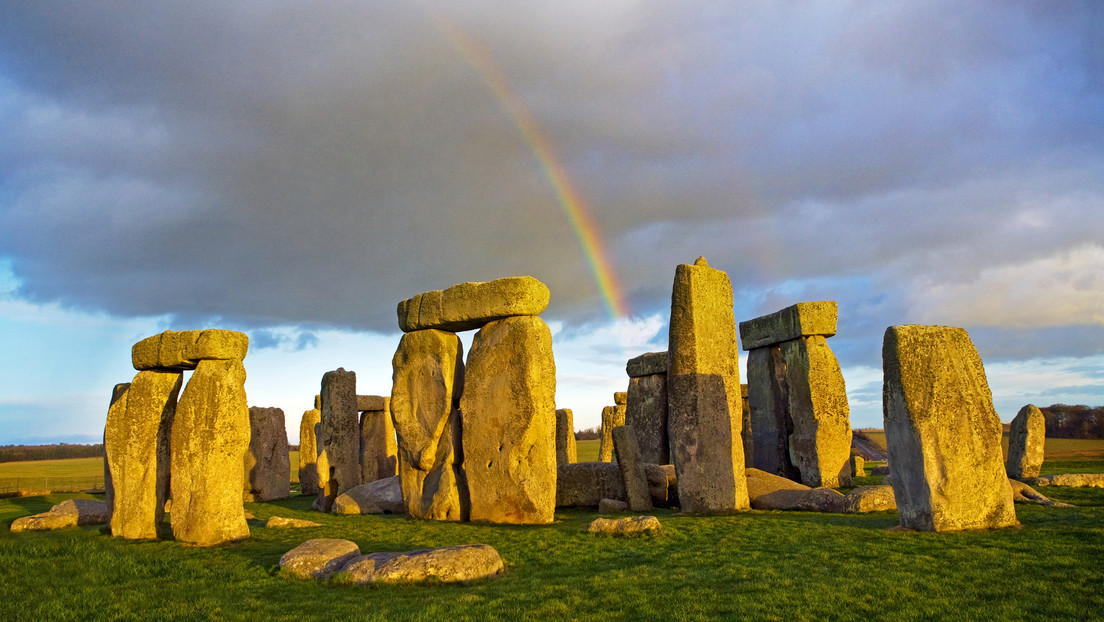
In mid-August, a surprising discovery led British scientists to conclude that the heavy altar stone at Stonehenge, the famous megalithic monument in southern England, came from Scotland and not from the much closer Wales, as previously believed. Thanks to that discovery, they even dared to define the specific region of Scotland from which the stone was taken to southern Britain. Now, however, a new study has disproved this theory.
In August, researchers used state-of-the-art equipment to examine the composition of the six-ton ??block of stone and discovered a strong similarity between it and ancient red sandstone from the Orkney Basin in northeastern Scotland. .
However, results from more recent chemical and mineralogical analyses, published in the Journal of Archaeological Science, showed that the stone from the Stonehenge altar and the rocks from the Orkney Islands had a surprisingly different composition.
This led to the conclusion that the archipelago could not have been the source of the megalith. In any case, scientists do not doubt the Scottish origin of the altar and hope that in the future they will finally be able to determine where exactly this unique stone came from.
"The mystery of the stone's provenance is becoming clearer as we begin to rule out specific areas of north-east Scotland," explained Professor Richard Bevins of Aberystwyth University, lead author of the new study.
"This research is radically changing our ideas about the origins of the altar stone. It is exciting to know that our chemical analyzes and our dating work are slowly revealing this great mystery," he added. (Text and photo: RT)